11 Easy Tips for Pruning Your Garden Plants the Right Way
Pruning is an important part of keeping garden plants healthy and looking their best. Knowing how and when to prune helps plants grow stronger and bloom better. Many gardeners find pruning confusing, but a few simple tips can make it easier. Proper pruning removes dead or crowded branches and shapes the plant nicely. Learning the basics helps you care for your garden more confidently.
This post may contain affiliate links, which helps keep this content free. Please read our disclosure for more info.
Understand the Purpose of Pruning
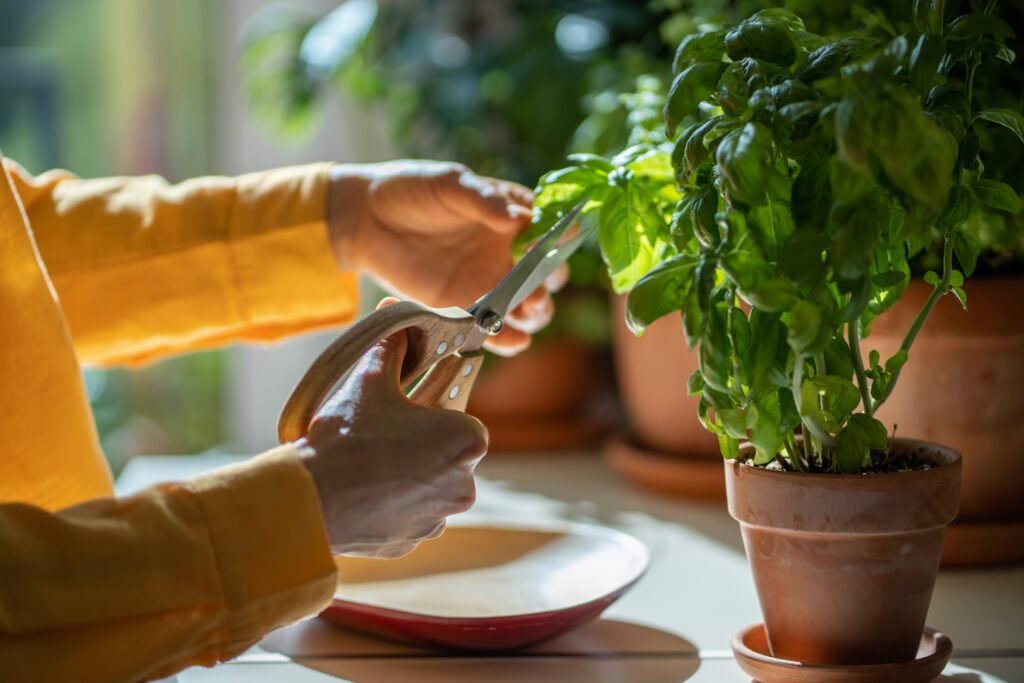
Pruning helps maintain plant health by removing dead or diseased branches. It also encourages new growth and can improve flowering or fruit production. Different plants require specific pruning methods based on their growth habits. Knowing why and when to prune sets the foundation for successful gardening.
Before pruning, identify the goals for each plant. Some need shaping, while others require thinning or rejuvenation pruning. Using the correct technique helps prevent damage. Planning ahead makes pruning easier and more effective.
Use the Right Tools
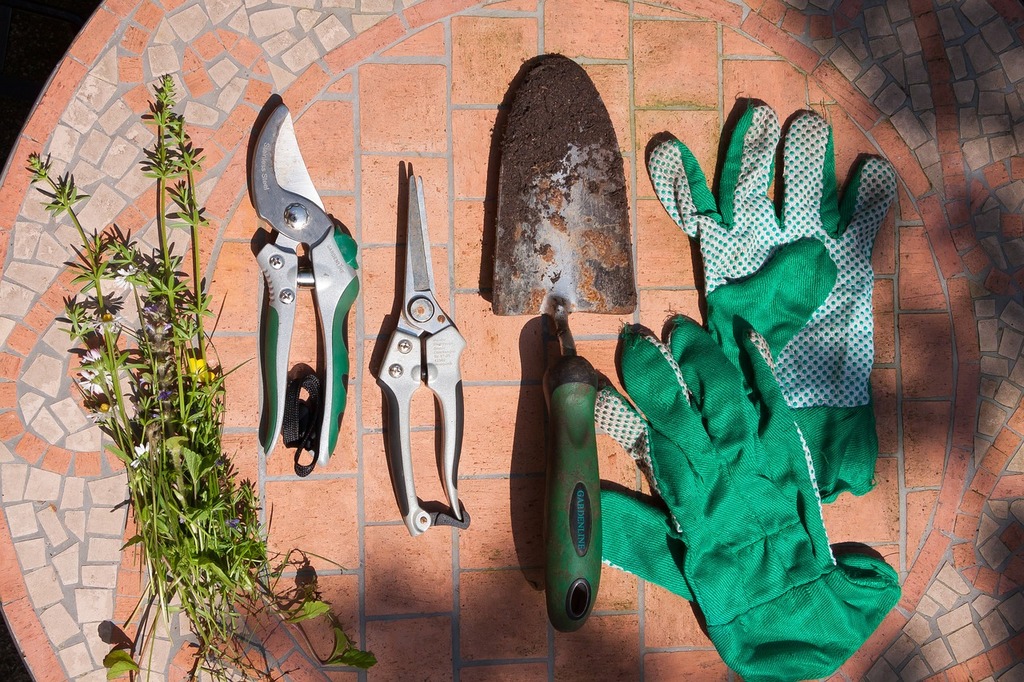
Having the proper tools is essential for clean cuts and healthy plants. Common tools include pruning shears, loppers, and pruning saws, each suited for different branch sizes. Sharp tools reduce the risk of tearing or crushing stems. Clean your tools regularly to prevent spreading diseases.
Choose tools that feel comfortable and safe to use. For thicker branches, loppers or saws provide better leverage. Always sterilize blades before and after use. Proper tools make pruning more efficient and protect plant health.
Prune at the Right Time
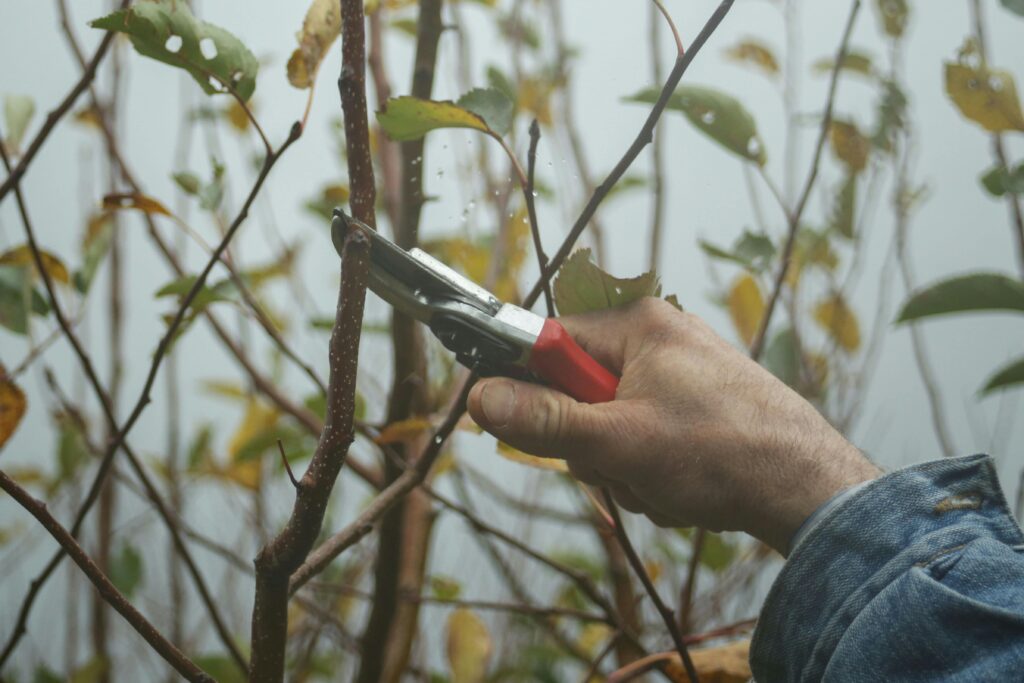
Timing is crucial when pruning to avoid harming plants or reducing blooms. Most plants benefit from pruning during late winter or early spring before new growth starts. Some flowering shrubs require pruning right after they bloom. Understanding the specific timing for each plant ensures the best results.
Avoid pruning during extreme cold or heat. Removing dead or damaged parts can be done anytime for safety. Pay attention to plant cycles and growth habits. Correct timing helps plants recover quickly and thrive.
Identify and Remove Dead or Diseased Branches
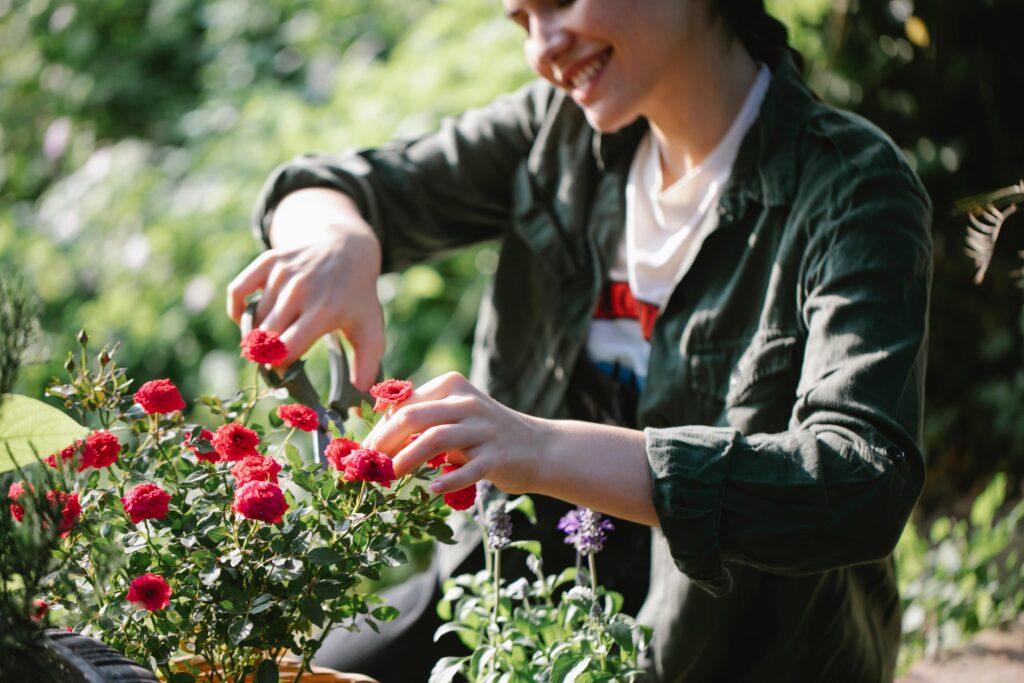
Removing dead or diseased branches prevents pests and infections from spreading. Look for branches that are brittle, discolored, or have unusual growths. Cut back to healthy wood, making clean cuts just outside the branch collar. This practice keeps the plant vigorous and attractive.
Regular inspections help catch problems early. Dispose of removed material properly to avoid contamination. Treat diseases with appropriate measures if needed. Keeping plants clean supports overall garden health.
Thin Out Crowded Growth
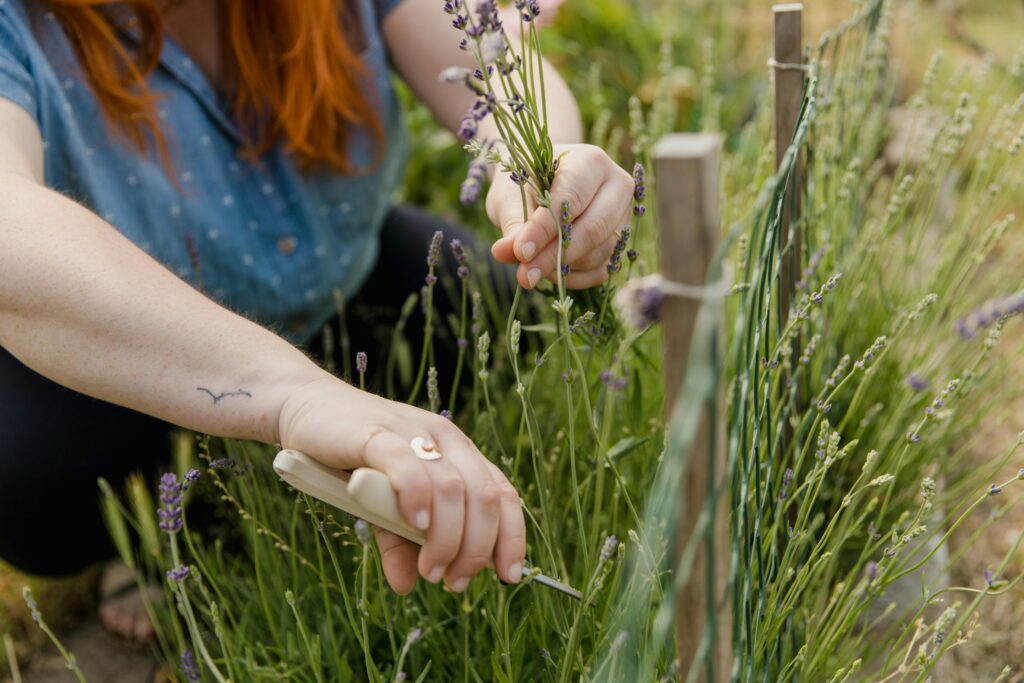
Thinning crowded branches improves air circulation and light penetration. This reduces the chance of fungal diseases and helps inner leaves receive sunlight. Selectively remove weaker or crossing branches without changing the plant’s shape too much. Thinning promotes balanced growth.
Avoid removing more than one-third of the plant at once. Focus on areas with dense growth for the best impact. Thinning also helps fruit and flowers develop better. This technique enhances the plant’s natural structure.
Cut Back Overgrown Plants
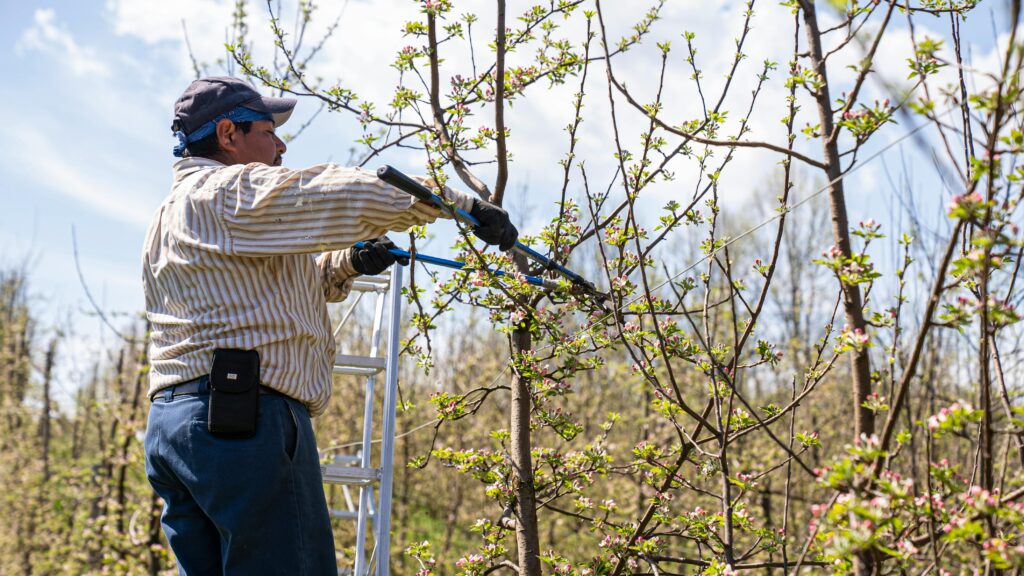
Cutting back overgrown plants helps maintain size and encourages fresh growth. This type of pruning is often done after the growing season or in early spring. Remove tall or leggy stems to shape the plant and promote bushiness. Cutting back improves garden appearance and plant health.
Use sharp tools to make clean cuts at the right nodes. Avoid removing more than half the plant to prevent stress. Regular maintenance prevents overgrowth and keeps plants manageable. This approach helps plants stay vigorous over time.
Prune for Shape and Size Control
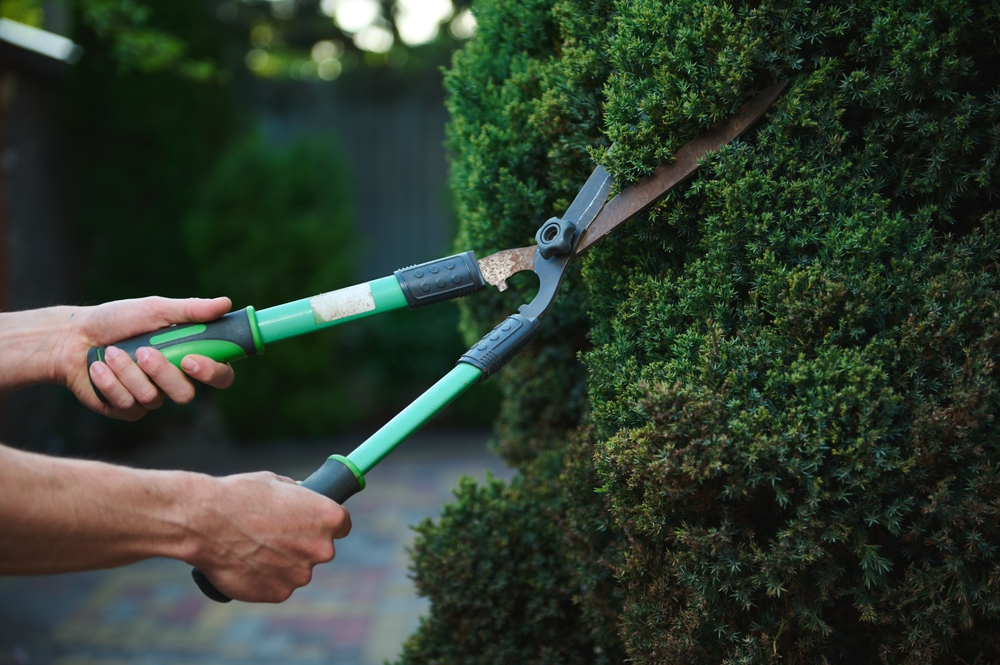
Pruning to shape plants enhances their appearance and fits them into garden designs. It involves trimming edges and controlling height or spread. This method is common for hedges, topiaries, and ornamental shrubs. Regular shaping encourages dense growth and clean lines.
Use gradual trimming rather than heavy cuts to avoid shock. Follow the plant’s natural form for the best results. Shape pruning can be done throughout the growing season. Keeping plants well-shaped adds to the garden’s overall beauty.
Rejuvenate Old or Neglected Plants

Rejuvenation pruning helps revive plants that have become weak or overgrown. It involves cutting back hard to stimulate new, healthy shoots. This process is best done in early spring before growth begins. Rejuvenating can extend the life of shrubs and trees.
Start by removing old or damaged wood. Be patient, as recovery may take time. Avoid removing too much at once to reduce stress. This method brings vitality back to tired plants.
Prune Flowering Shrubs Properly
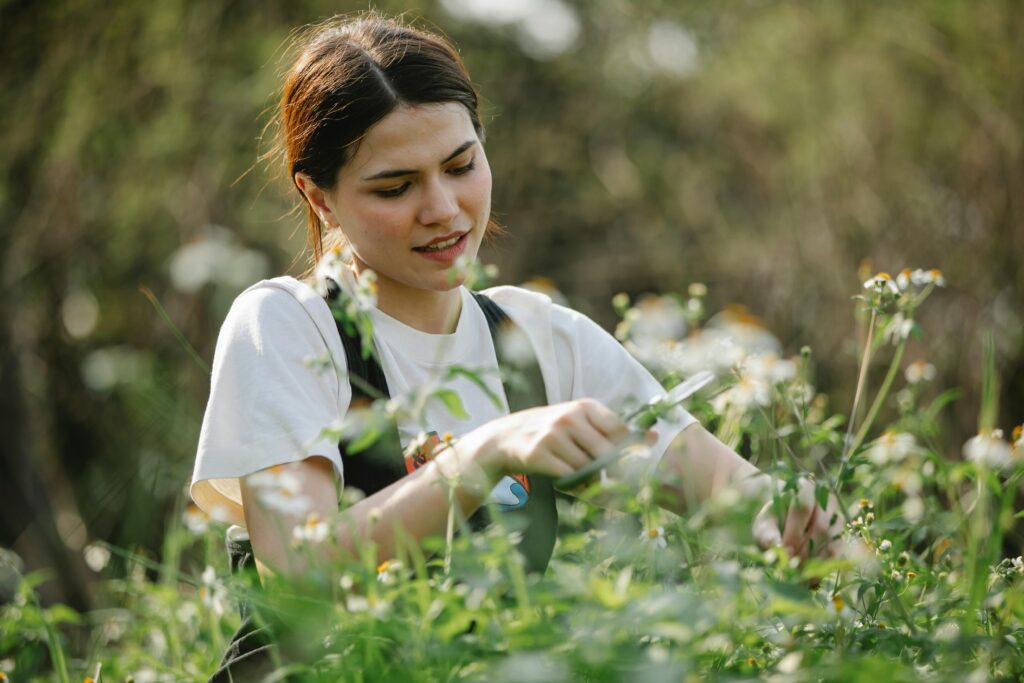
Proper pruning of flowering shrubs depends on whether they bloom on old or new wood. Shrubs that flower on old wood should be pruned after they bloom. Those that bloom on new wood can be pruned in late winter or early spring. Knowing this prevents cutting off buds and losing flowers.
Use clean cuts and remove any dead or weak branches. Shape the shrub lightly to maintain its natural form. Proper pruning encourages healthy flowering and growth. Following the right schedule boosts blooms year after year.
Avoid Common Pruning Mistakes
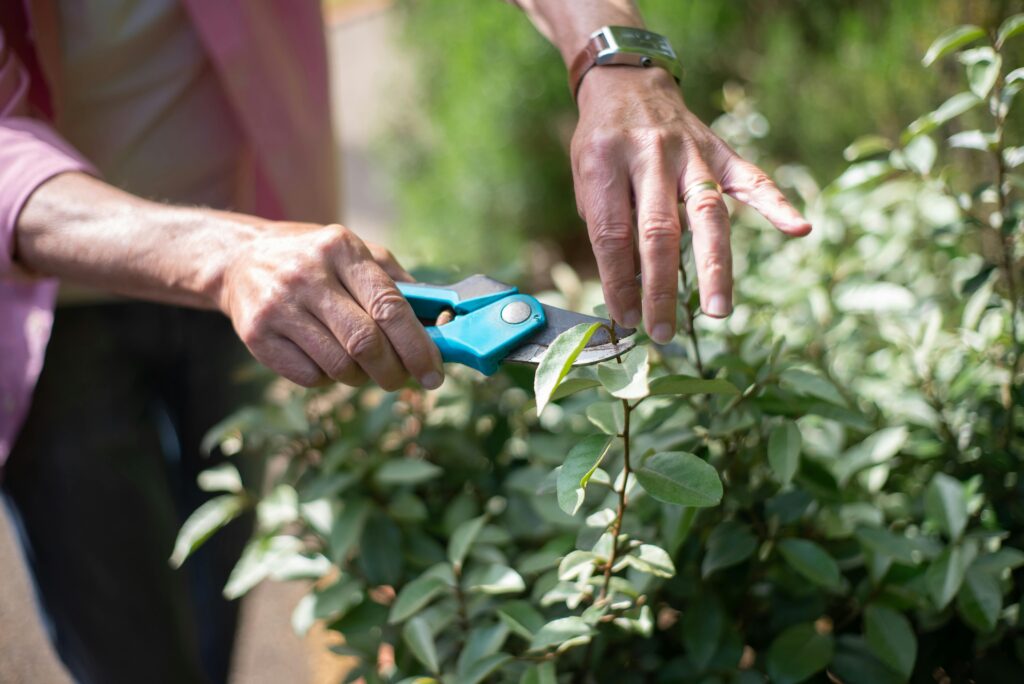
Common pruning mistakes include cutting too close or too far from the branch collar. Leaving stubs or cutting into the trunk can cause disease or slow healing. Another mistake is over-pruning, which can stress plants and reduce growth. Learning proper techniques avoids these issues.
Take time to study your plants before pruning. Use sharp, clean tools to make precise cuts. Do not remove too much foliage at once. Proper pruning maintains plant health and appearance.
Clean Up After Pruning
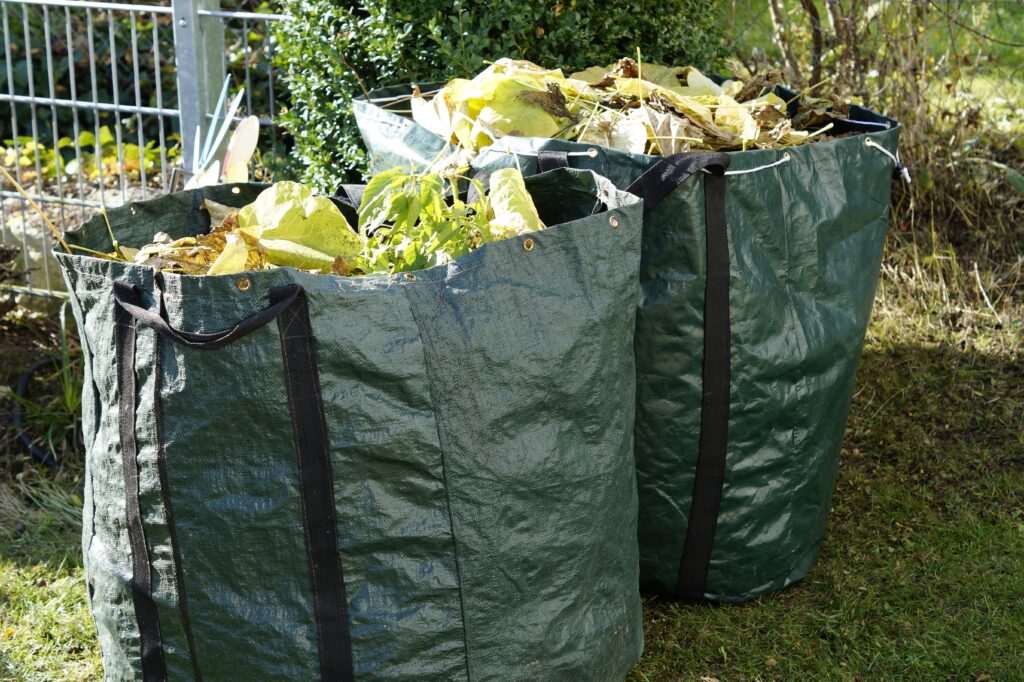
Cleaning up debris after pruning helps prevent disease and pest problems. Remove all cut branches, leaves, and fallen material from the garden. Compost or dispose of the waste according to local guidelines. A tidy garden promotes healthy growth and reduces risks.
Cleaning tools are equally important to avoid spreading infections. Wipe blades with rubbing alcohol or bleach solution. Store tools in a dry place to keep them sharp. Good garden hygiene supports ongoing plant health.
Regular pruning supports the health and beauty of garden plants throughout the growing season. Using the right techniques prevents damage and encourages new growth. Pruning also helps maintain the shape and size of plants for a tidy appearance. With consistent care, your garden will flourish and remain attractive year after year.
This article originally appeared on Avocadu.
